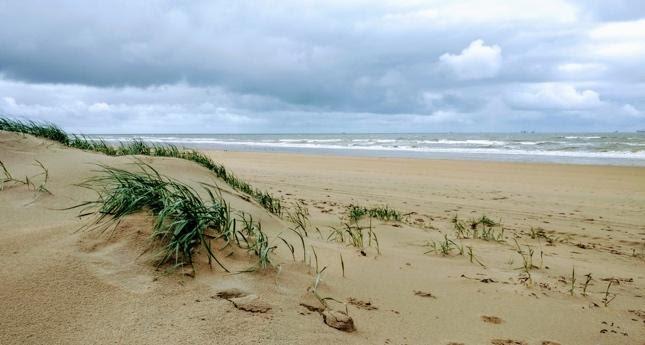
Sandy beaches are highly important ecosystems for a wide range of species. The most diverse group of animals inhabiting sandy beaches is the meiofauna, which consists of species smaller than 1mm. Due to difficulties in species identification, relatively little is known about the number of species, their molecular functions and their distribution along environmental gradients. Knowledge on the diversity and distribution of meiofaunal communities is important to gain a basic understanding of how these communities are adapted to environmental conditions.
Objectivesand goals
1) Assess taxonomic and functional diversity of sandy beach meiofaunal communities using molecular methods.
Meiofaunal communities will be sampled from beaches near Leiden. Samples will be taken along the environmental gradient from high-tide to low- tide level. DNA and RNA will be extracted, and next-generation sequencing techniques (metabarcoding and metatranscriptomics) will be used to assess the taxonomic and molecular functional diversity of communities based on genetic data. It is expected that molecular methods will lead to a greatly increased knowledge on the diversity of species and their distribution along gradients.
Methodstasks and approach
DNA extraction and PCRs to amplify marker genes. RNA extraction and sequencing library preparation. Data analysis using several bioinformatic steps and ecological statistical analyses.

Requirementsfor this project
BSc degree in biology (in case of a bachelor’s project completion of the 1st and 2nd year of the biology program), including courses on molecular techniques.